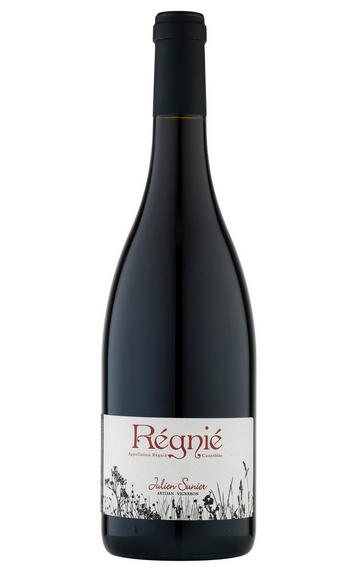
About this WINE
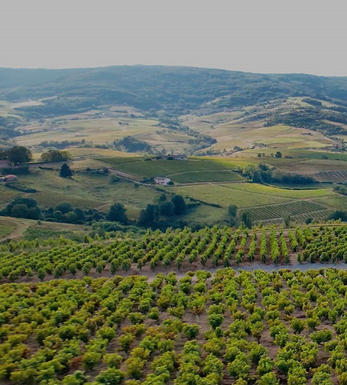
Domaine Julien Sunier
Born in Dijon to a non-winemaking family, Julien Sunier decided in his teens to pursue a career in wine. His interest was fostered by Christophe Roumier, a friend of his parents. After studying oenology and viticulture at university, Julien did work experience with Roumier and with Jasper Morris MW (the leading Burgundy specialist), in Jasper’s days running Morris & Verdin.
Julien settled in Beaujolais to work for the large Boisset group, but always intended to establish his own domaine. In 2007 his purchased two hectares in Fleurie, which he farmed organically from the outset. Today his domaine extends to a little over five hectares – a small but perfectly formed property, with holdings in Fleurie, Régnié and Morgon. As well as wines from the crus, he makes a fabulous Beaujolais-Villages – Wild Soul – from bought-in grapes, grown in Lantignié.
Julien’s approach in the winery is hands-off: he uses only natural yeast, minimal SO2 and rarely filters his wines, which are characterised by scintillating floral aromatics, great freshness, and a sense of place and energy. He is now well-established as one of the region’s star producers, part of a wave of talented, ambitious young winemakers (many of those dedicated to organic viticulture) who are today redefining how Beaujolais is perceived.
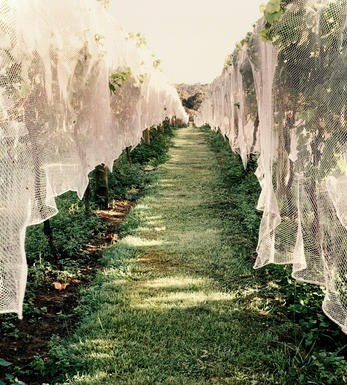
Regnie
Régnié was upgraded to full Beaujolais Cru status in December 1988 and is located between Morgon and Brouilly, east of Beaujeu. Growers here claim (as do those in Juliénas) to be the first village in Beaujolais to be planted with vines. Stylistically the wines fall into two camps, light and aromatic, and rich and savoury; nevertheless the sandy soils bestow both with an attractive, supple character and vibrant aromatics. Most wines are best drunk young (2-3 years) but can age up to 10 years in the finest vintages.
It will be interesting to see how Régnié develops but as anyone with experience of French administrative processes will testify, the fact that the communes of Régnié-Durette and Lantignié succeeded in getting their wines upgraded (the first change since 1946) is proof of their commitment and passion; and this alone should stand them in good stead for the future.
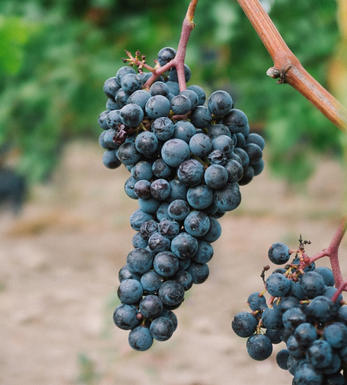
Gamay
A French variety planted predominately in Beaujolais where it is the grape behind everything from light and often acidic Beaujolais Nouveau through to the more serious and well-structured wines from the 10 cru villages. It takes its name from a hamlet just outside Chassagne-Montrachet and was at one stage widely planted on the Côte d`Or. However it was gradually phased out due to its poor yield and supposed poor quality of its wines.
The majority of Gamay wines in Beaujolais are labelled as Beaujolais or Beaujolais-Villages and are deliciously juicy, easy drinking, gulpable wines. Of more interest are the Cru wines from the 10 villages in the north of the region where the soil is predominantly granitic schist and where the vines are planted on gently undulating slopes. These can be well-structured, intensely perfumed wines, redolent of ripe black fruits and, while delicious young, will reward medium term cellaring.
Gamay is also grown in the Touraine region of the Loire where it produces soft, well-balanced, gluggable wines for drinking young.


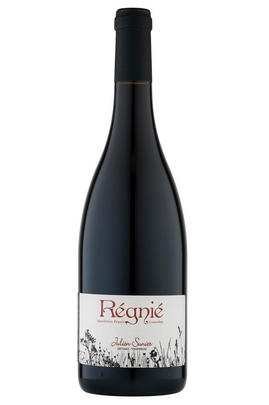
Buying options
Add to wishlist
Description
Julien Sunier’s aim is to produce natural wines which are alive and pure. His Régnié is one of his most consistent and always worth a try. This little-known Cru sits in the shadow of its more famous neighbour Morgon, with which it shares many characteristics. The deep granite soils here give richness, spice and structure to this delicious wine. Made with whole bunches, it’s aged in old oak barrels from Domaine Roumier in Chambolle-Musigny. The wine’s luscious, dark cherry fruit flavour and smooth, velvety tannins give it a rounded mouthfeel. This is perfect with cured meats and pâté. Drink now to 2028.
Adam Bruntlett. Senior Wine Buyer, Berry Bros. & Rudd (May 2021)
wine at a glance
Delivery and quality guarantee